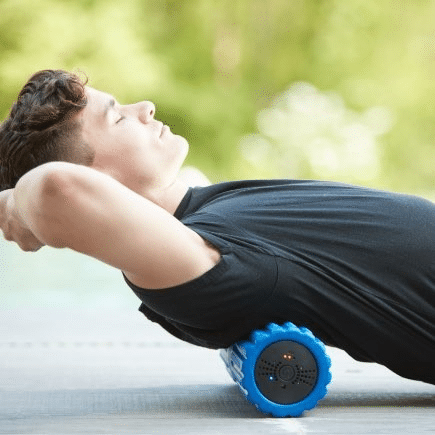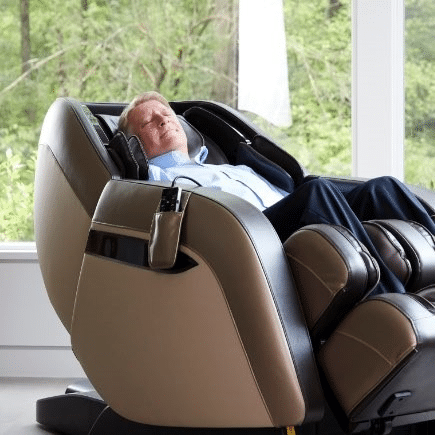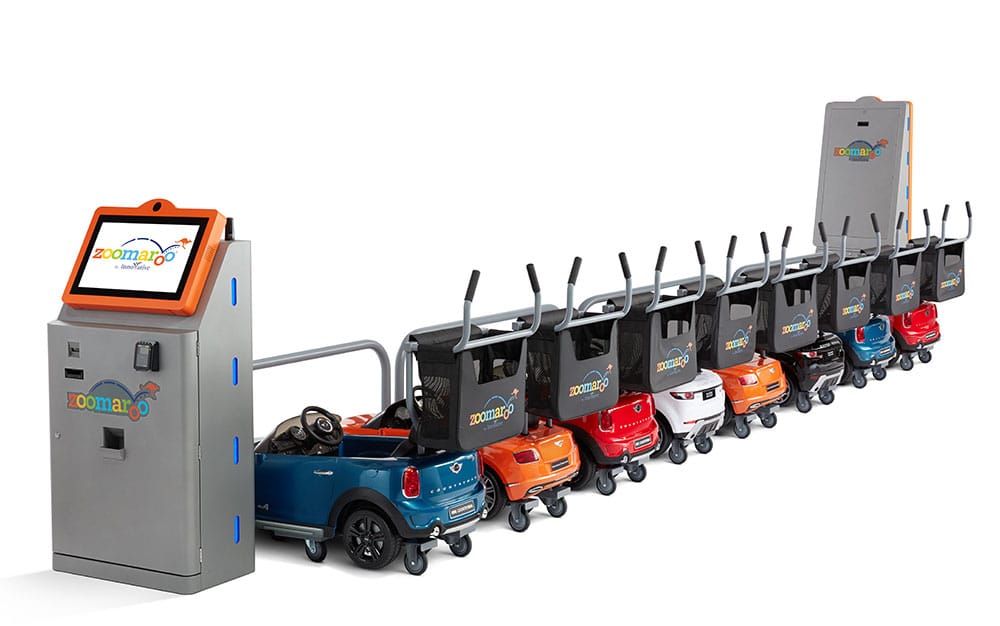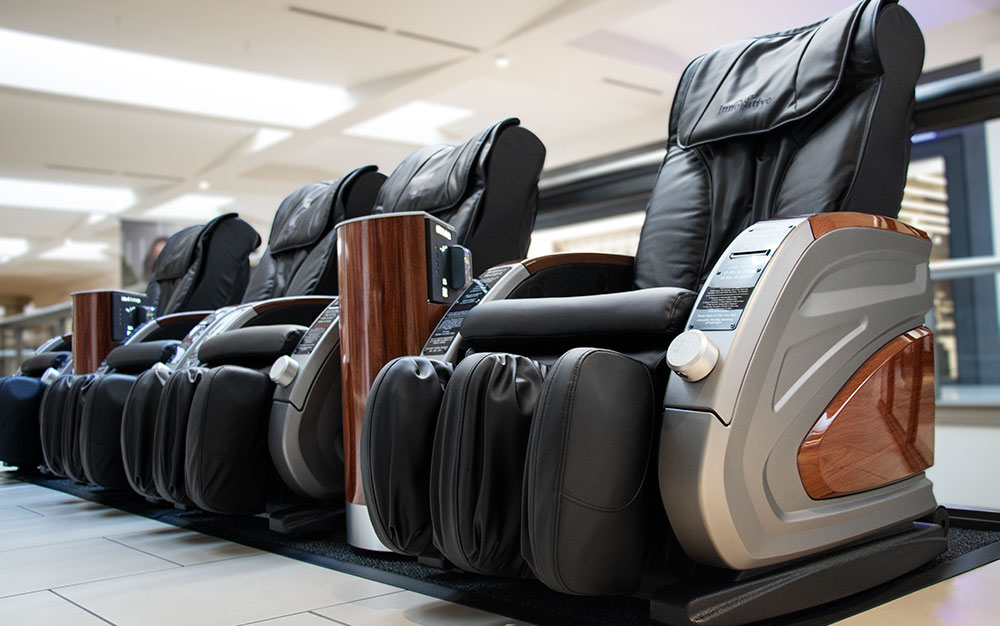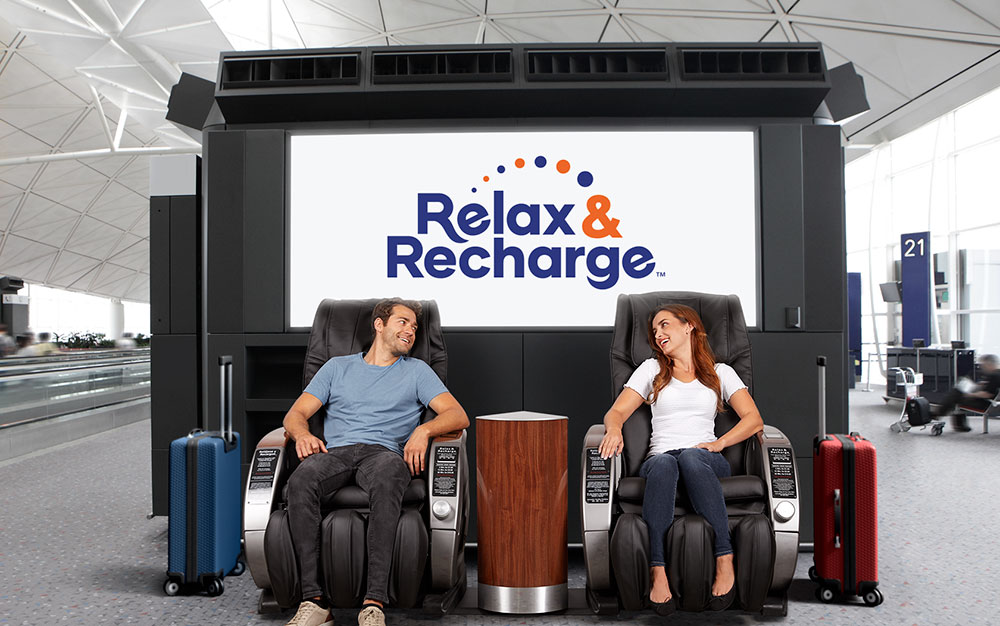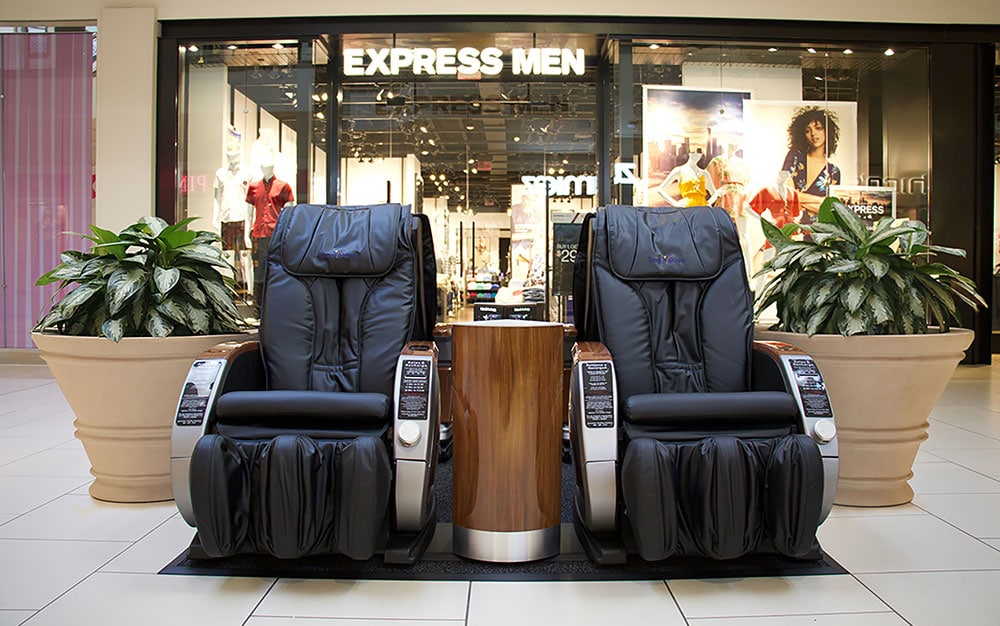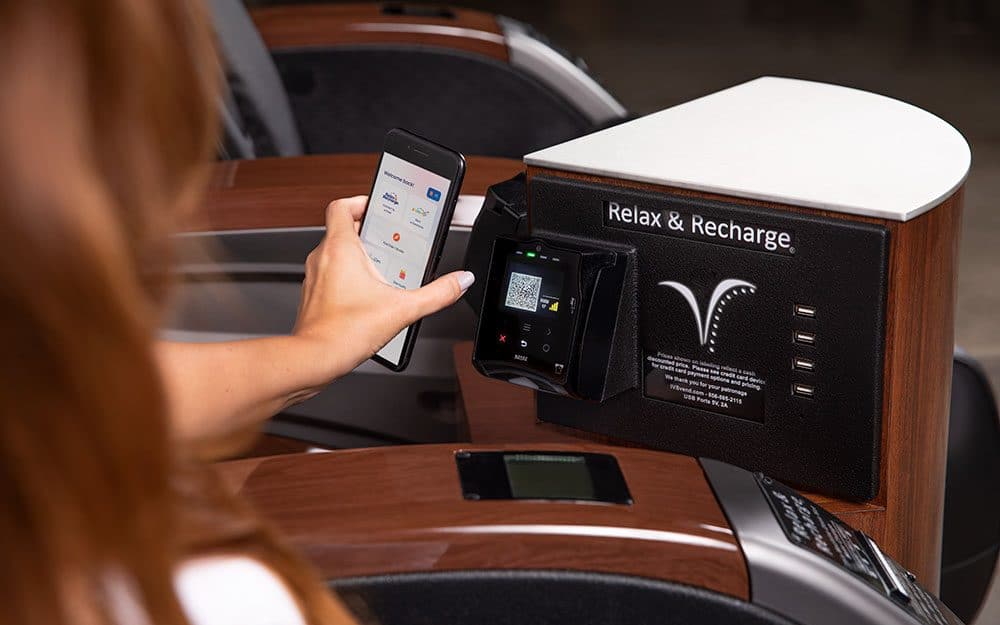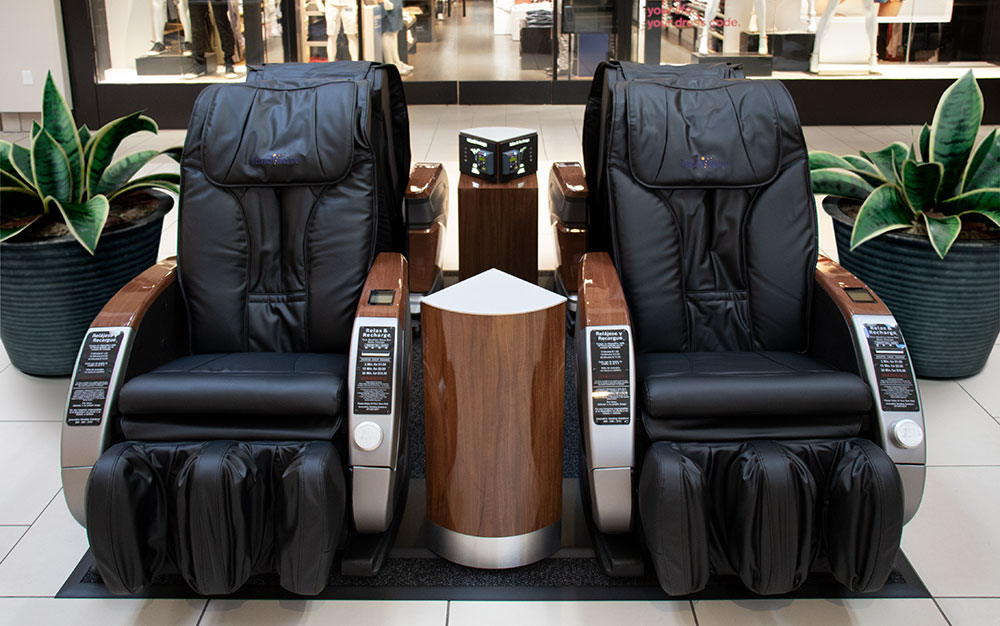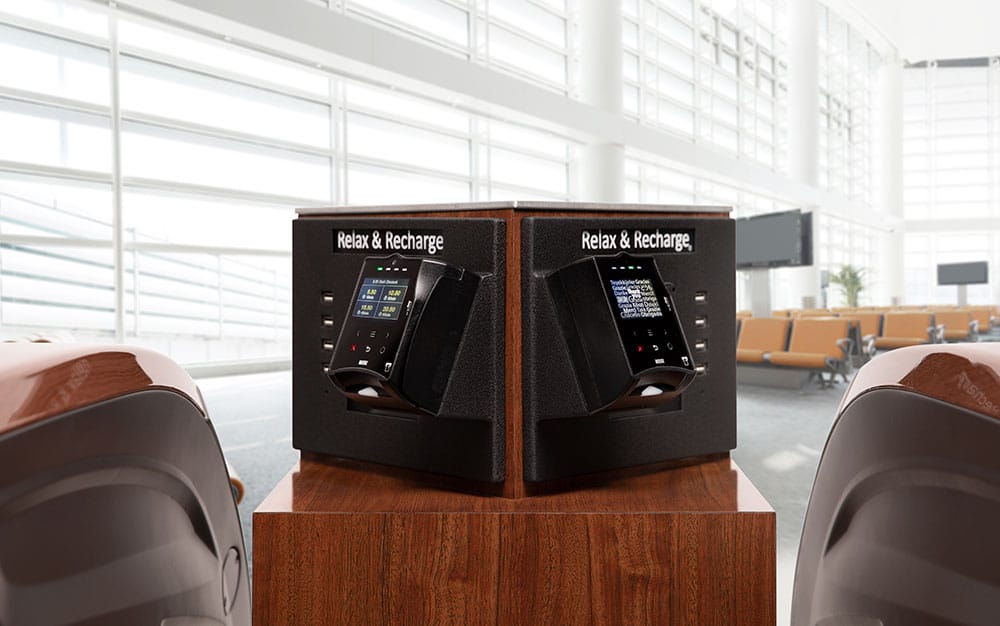Why Massage is a Must-Have in an Athlete’s Toolkit
“No pain, no gain.” You may have heard this saying among athletes in training, who have to experience intense muscle soreness in order to build muscle. Muscle soreness is caused by the buildup of lactic acid, which is the byproduct of burning carbohydrates to generate the energy expended during exercise. But what if you could experience muscle gain with less pain? Research has found that massages, especially those administered two to six hours after an intense workout, can help relieve muscle soreness, reduce inflammation, prevent injuries, and promote flexibility.
Here is a snapshot of the numerous ways that massages can benefit athletes:
- They’ll get you in the right mindset. Massages are very relaxing, especially when performed in the comfort of your own home and when combined with aromatherapy. Additionally, they have been proven to reduce the stress and anxiety associated with sports training and intense exercise.
- You’ll feel less sore. While there is no scientific consensus regarding massages’ ability to remove lactic acid from the blood and immediately reduce muscle soreness, massages have been proven to reduce delayed-onset muscle soreness (DOMS). This means that even if you don’t feel the effects of a massage in reducing muscle soreness right away, you will notice a decrease in typical muscle soreness after a couple of days.
- Forget the painkillers. According to research, massages can reduce exercise-induced inflammation by dampening the activity of a certain protein called NF-kB in muscle tissue. So you don’t have to worry about some of the negative side effects of anti-inflammatories, such as stomach pain and heartburn, if you get a massage instead.
- You’re less likely to get injured later. You might have heard your coach or personal trainer advise you to stretch before working out. That’s because stiff or tense muscles can cause your tissues to tear when they are suddenly exerted during intense exercise. Massages can have the same effect as stretching prior to a workout: they improve local blood flow and reduce muscle stiffness.
- They can help you run for longer. Studies have proven that massages can induce the production of a protein that spurs mitochondria production, or energy production, in muscle cells. In terms of athletic training, these mitochondria can contribute to muscle generation and help athletes adapt to endurance exercise.
- You’ll be more flexible. Massages are rather unique therapeutic approaches in that they target joint-tendon areas, improving overall flexibility. A 2010 study published in the Journal of Strength and Conditioning Research, for example, found that massages increase hip-flexor range of motion.
The types of massage techniques and styles that can best help athletes recover from exercise-induced muscle soreness and help prevent future injury are numerous. The most common type involves kneading, tapping, bending, and stretching. Other common types of sports massages include compression massages, which help soften muscular tissue, and tender point massages, which target specific sore areas of the muscle and connective tissue to reduce hypersensitivity.
While these types of massage techniques and styles can all be administered by a masseuse, frequent trips to the local spa can be costly for an athlete who trains consistently. Luckily, many of these massage techniques and styles can be done in the comfort of your own home through in-home massage products, such as massage chairs, massage cushions, and neck massagers. Such products are a great investment for athletes, who will benefit greatly from frequent massages.
Visit izen.com to learn more about the benefits of in-home massage for sports recovery.
 0
0


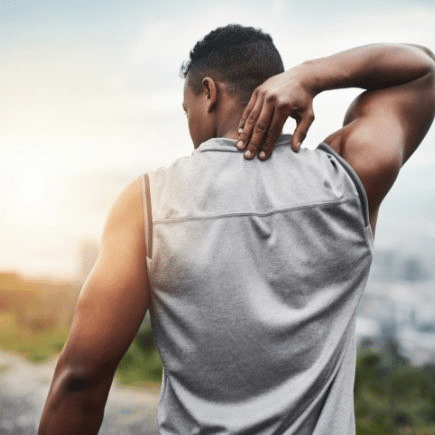
 1
1